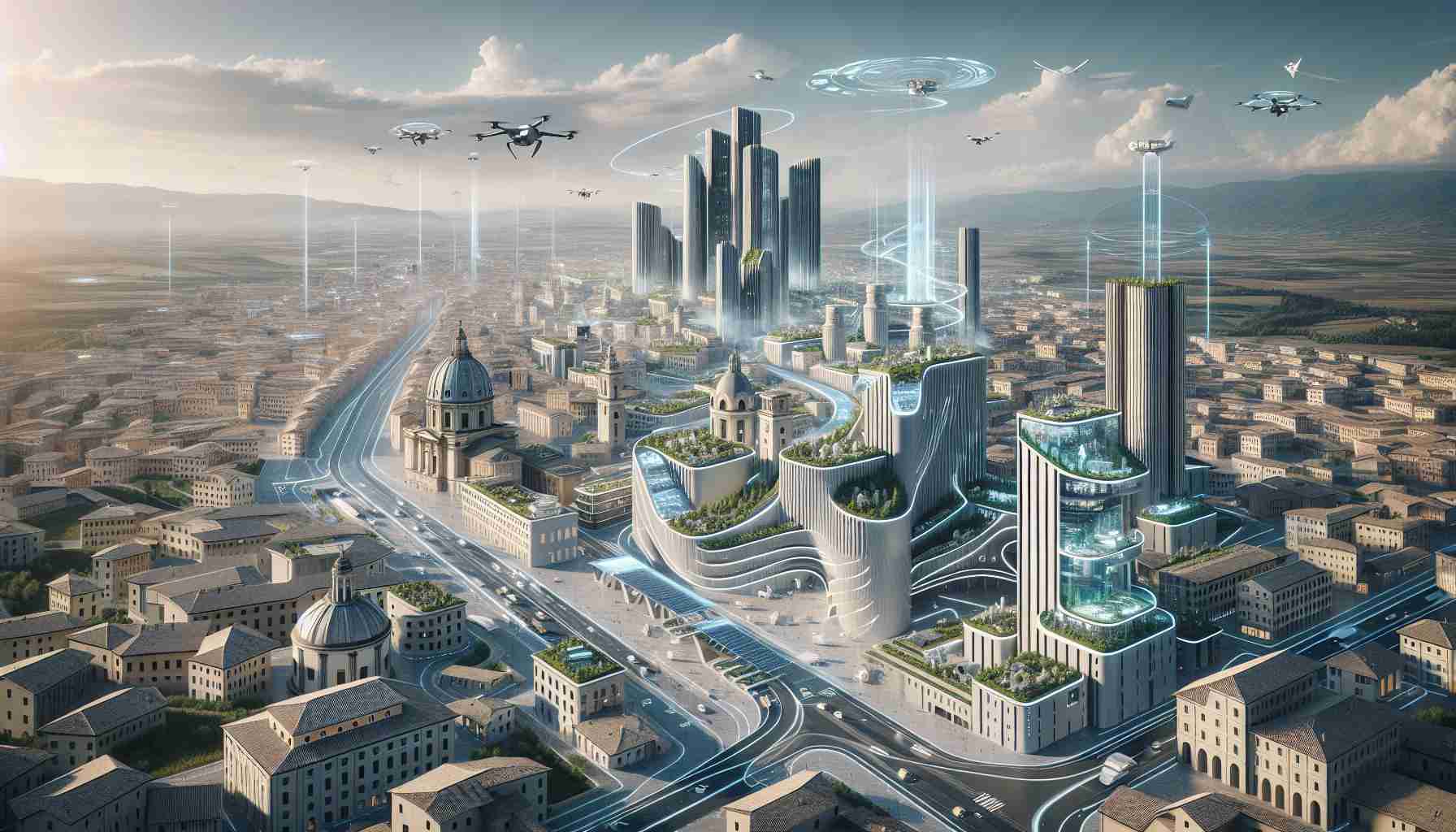Embracing Artificial Intelligence in Construction: Challenges and Potentials
In the realm of construction, integrating Artificial Intelligence (AI) is a sophisticated challenge, largely owing to the scarcity of specific data upon which AI systems are typically built. This was a key point outlined by Mario Ferraro, President of ANCE Benevento, during a side event at the “AI – Architectural Innovations” initiative. The event was part of the 10th Philosophical Festival of Sannio “Stregati da Sophia”. It emphasized how AI can facilitate an architectural vision that enriches daily life and fosters sustainable, inclusive designs.
Ferraro highlighted the transformative potential AI holds across various industry sectors and expressed hope for the recurrence of the AI-focused event at future philosophy festivals. His sentiment pointed towards a future where transformations are managed and new technologies are leveraged to serve the business community.
Revolutionizing Architecture with Data and BIM
Flavian Basile, President of the Young Entrepreneurs of ANCE and owner of Offtec, shared insights on the role of AI and Building Information Modeling (BIM) in achieving environmentally friendly and effective architectural solutions. He explained that the abundance of data generated, including that from smartphones, is essential in understanding citizens’ interactions with urban spaces. This data facilitates the creation of innovative urban paradigms.
Artificial Intelligence is envisioned as a strategic ally in this mission, offering substantial support in reshaping the cities of tomorrow. As AI continues to evolve, it is poised to become an invaluable tool in not only interpreting the vast amount of data collected but also in significantly enhancing the sustainability and efficiency of architectural practices.
Potential and Challenges of AI in Architecture
The potential of AI in the field of architecture and construction is vast, offering new ways to design, plan, and build that are more efficient, sustainable, and adapted to the needs of communities. AI algorithms can process large amounts of data to optimize the design for various parameters, such as energy consumption, materials use, and space utilization, leading to smarter and more responsive designs. However, implementing AI in architecture also introduces several challenges:
– Data Scarcity: As noted by Ferraro, one of the fundamental challenges is the scarcity of specific data necessary for training robust AI systems. Construction and architectural fields are historically data-poor compared to other sectors.
– Integration with Existing Workflows: Embedding AI within traditional architectural practices requires a paradigm shift in workflow and design mentality, which can be resistant to change.
– Technical Proficiency: AI implementation requires a certain level of technical knowledge, which professionals in the construction and architectural industries may need to acquire or outsource.
Advantages of AI in Architectural Innovation
– Enhanced Design Efficiency: AI can significantly reduce the time needed for certain aspects of design through automation and optimization algorithms.
– Sustainability: By analyzing patterns and simulations, AI can lead to more sustainable and environmentally friendly design solutions.
– Personalization: AI allows for customizing designs to better meet individual or community needs.
Disadvantages of AI in Architectural Innovation
– Loss of Jobs: The automation of certain tasks might lead to the displacement of workers whose jobs could be supplemented or replaced by AI systems.
– Complex Decision-Making: AI may not yet be able to mimic the nuanced decision-making skills and creative instincts of experienced architects.
– Over-reliance on Technology: There is a risk of becoming too dependent on AI, possibly neglecting the human element and contextual understanding that are crucial in design.
Related Links
For readers interested in AI’s impact on architecture and the broader construction industry, the following links could offer valuable insights:
– Associazione Nazionale Costruttori Edili (ANCE): It represents the construction industry in Italy and likely discusses AI innovations in construction.
– BIM Software Providers: Companies like Autodesk provide BIM software solutions that are now incorporating AI to improve design and construction processes.
By addressing these challenges with a combination of human expertise and AI capabilities, the industry can progress towards a future with more intelligent, adaptive, and sustainable built environments.
The source of the article is from the blog maestropasta.cz

